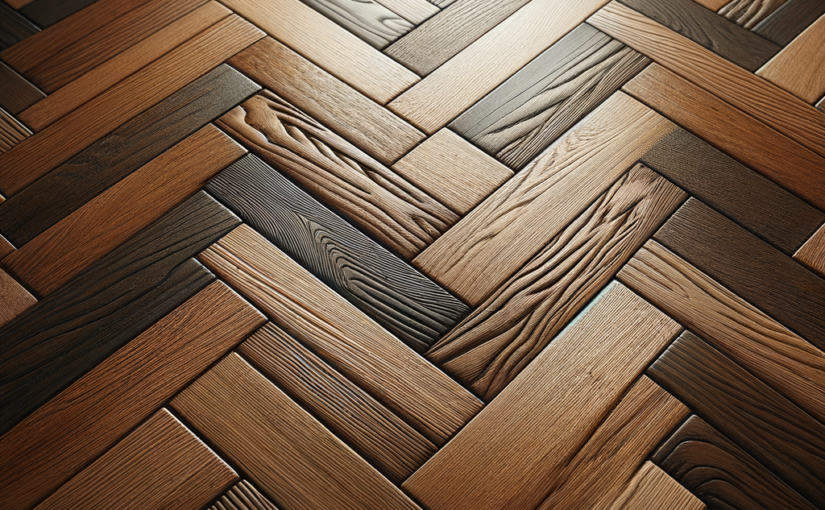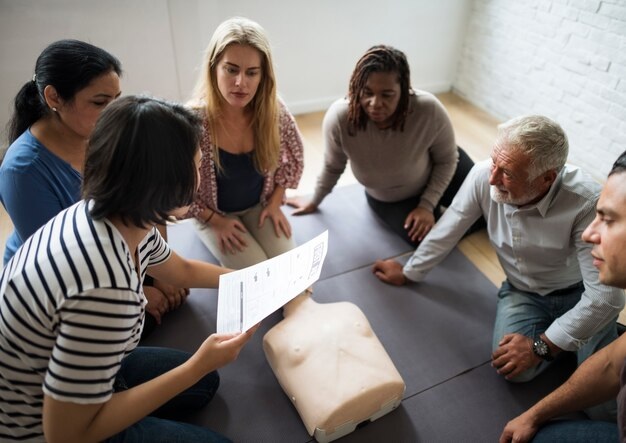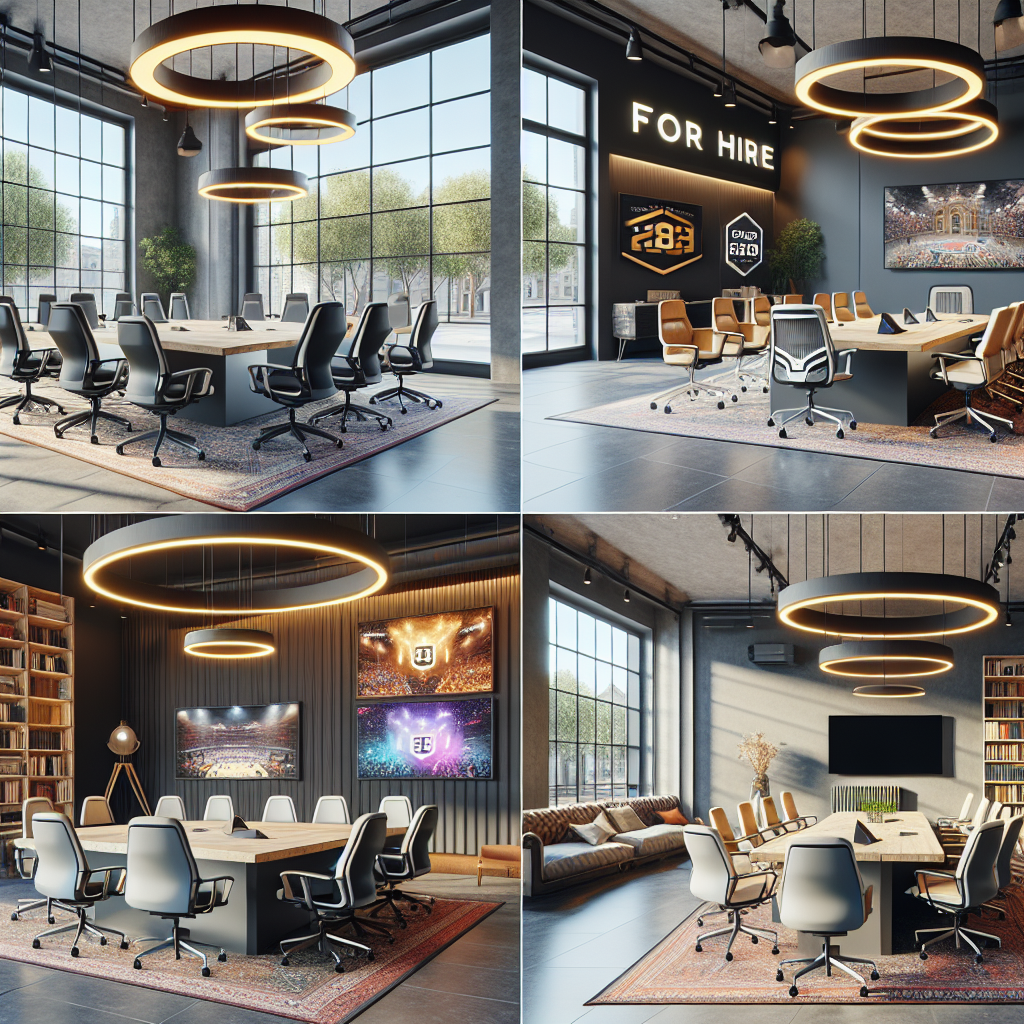Selecting the right floor planks is a decision that significantly impacts your home’s overall appeal, comfort, and longevity. This comprehensive guide is your roadmap to navigating the myriad options available, ensuring that you end up with the perfect flooring solution for your living space.
Types of Floor Planks
Hardwood Flooring
Hardwood Flooring: One of the most sought-after flooring options, hardwood exudes timeless elegance and charm. Its natural beauty and durability make it a top choice for homeowners looking to invest in their home’s aesthetic appeal and value. With proper care, hardwood floors can last for generations, making them a durable and sustainable choice.
Laminate Flooring
Laminate Flooring: Laminate is a cost-effective alternative to hardwood. It replicates the look of wood but is more budget-friendly. Laminate is known for its durability, scratch resistance, and ease of maintenance. It’s an ideal choice for busy households or those on a budget, as it offers a stylish flooring option without breaking the bank.
Vinyl Flooring
Vinyl Flooring: Vinyl has come a long way from its early days of being associated with outdated designs. Today, it’s a versatile and stylish option, available in a wide range of colors and patterns. Vinyl is highly durable, water-resistant, and comfortable underfoot, making it an excellent choice for kitchens, bathrooms, and high-traffic areas.
Engineered Wood Flooring
Engineered Wood Flooring: Engineered wood combines the beauty of hardwood with enhanced durability. It consists of multiple layers of wood, making it more stable and resistant to moisture and temperature fluctuations. Engineered wood can be sanded and refinished like hardwood, giving it a longer lifespan.
Choosing the Right Material
Durability
Durability: When considering durability, it’s essential to evaluate the expected foot traffic in the area where you plan to install the floor planks. Hardwood, engineered wood, and laminate are all durable options, with the ability to withstand the wear and tear of daily life. However, vinyl stands out as exceptionally resilient and water-resistant, making it suitable for high-moisture environments.
Aesthetics
Aesthetics: The visual impact of your flooring choice is significant. Hardwood offers a timeless, natural beauty that elevates the overall look of your home. Laminate impressively mimics the appearance of hardwood, providing a stylish alternative. Vinyl offers an extensive range of designs, from wood and stone looks to unique patterns, allowing you to match your flooring to your home’s style seamlessly. Engineered wood combines the aesthetics of hardwood with added stability.
Maintenance
Maintenance: Maintenance requirements can vary significantly between flooring types. Hardwood requires periodic refinishing to maintain its pristine appearance, while engineered wood is easier to care for. Laminate and vinyl are both low-maintenance choices, with simple cleaning routines to keep them looking their best.
Selecting the Perfect Color and Finish
Matching Your Home’s Style
Matching Your Home’s Style: To achieve a cohesive look, consider how your chosen flooring color and finish complement your home’s overall style. Hardwood’s warm, natural tones can enhance traditional and rustic aesthetics, while laminate’s versatility allows it to adapt to various interior design themes. Vinyl’s broad range of patterns and colors makes it a versatile choice for any style, from classic to contemporary.
Light vs. Dark Colors
Light vs. Dark Colors: The choice between light and dark floor colors can impact the perceived size of a room and its ambiance. Light-colored floors create a sense of openness and airiness, making them suitable for smaller spaces. In contrast, dark-colored floors add depth and coziness to larger rooms.
Glossy vs. Matte Finish
Glossy vs. Matte Finish: The finish of your floor planks affects both aesthetics and functionality. Glossy finishes reflect more light and create a polished, elegant look. Matte finishes, on the other hand, provide a subtle, natural appearance and are less prone to showing scratches and scuffs, making them ideal for high-traffic areas.
Consideration for Room Usage
Living Areas
Living Areas: Your living spaces often serve as the heart of your home. Choosing a flooring material that balances style and durability is crucial. Hardwood, engineered wood, and laminate are excellent choices for living areas, offering both beauty and resilience.
Kitchens
Kitchens: Kitchens demand flooring that can withstand spills and heavy foot traffic. Vinyl’s water-resistant properties make it a top pick for kitchens. It’s easy to clean and comfortable to stand on for extended periods.
Bathrooms
Bathrooms: Bathrooms require flooring that can handle moisture without warping or damage. Vinyl, with its water-resistant properties, is an ideal option for bathrooms. It ensures both style and functionality in a space that often experiences humidity.
Budget and Cost
Understanding the cost factors associated with different types of floor planks is essential for effective budgeting. Hardwood is an investment that adds significant value to your home but comes with a higher initial cost. Laminate provides a more budget-friendly alternative, while vinyl offers an affordable yet stylish option. Engineered wood strikes a balance between cost and durability, making it an attractive choice for many homeowners.
Installation Methods
DIY vs. Professional Installation
DIY vs. Professional Installation: Deciding whether to install your floor planks yourself or hire professionals depends on your skill level, available time, and the complexity of the installation. While DIY can save money, professional installation ensures a flawless result, especially for challenging materials like hardwood.
Floating vs. Glue-Down Installation
Floating vs. Glue-Down Installation: Two primary installation methods are used for floor planks. Floating installation involves interlocking planks, while glue-down installation secures each plank to the subfloor. The choice depends on your flooring type and personal preference.
Maintenance and Cleaning
Maintaining your floor planks properly is essential to prolong their lifespan and keep them looking pristine. Regular sweeping and occasional mopping are generally all that’s required for laminate and vinyl. Hardwood and engineered wood may need periodic refinishing to address wear and tear.
Environmental Impact
Sustainable Options
Sustainable Options: If environmental impact is a concern, explore sustainable flooring options. Bamboo and cork flooring are renewable materials known for their eco-friendliness. Additionally, look for certifications like FSC (Forest Stewardship Council) for wood products to ensure responsible sourcing.
Recycling and Reusing
Recycling and Reusing: When replacing old flooring, consider recycling or reusing materials whenever possible. Some organizations and manufacturers offer recycling programs, reducing the environmental footprint of your renovation.
Conclusion
In conclusion, selecting the right floor planks for your home involves a careful evaluation of material, color, room usage, budget, and environmental considerations. By following the guidelines in this comprehensive guide, you can confidently make an informed decision that enhances your home’s beauty and functionality.









